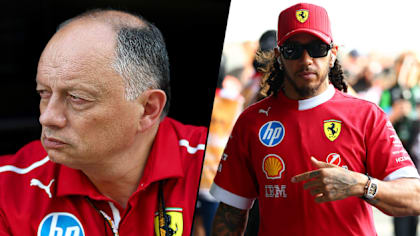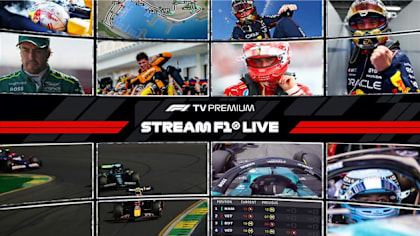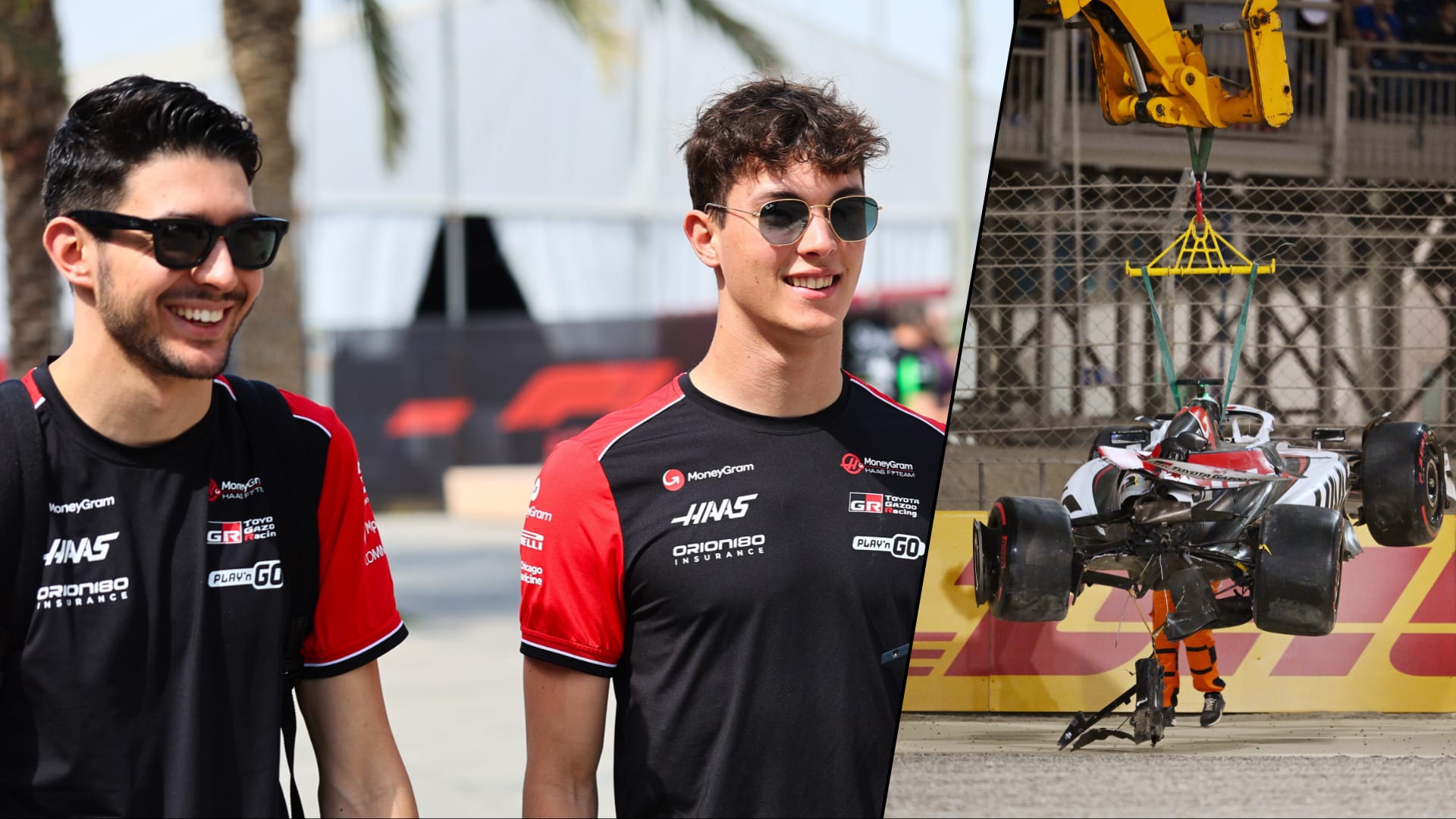Refuelling is set to return to Formula One racing in 2017, governing body the FIA has announced. The proposal is among several agreed by the F1 Strategy Group, which also intends to make cars five to six seconds a lap faster by using wider tyres, reducing weight and evolving the current aerodynamic regulations.
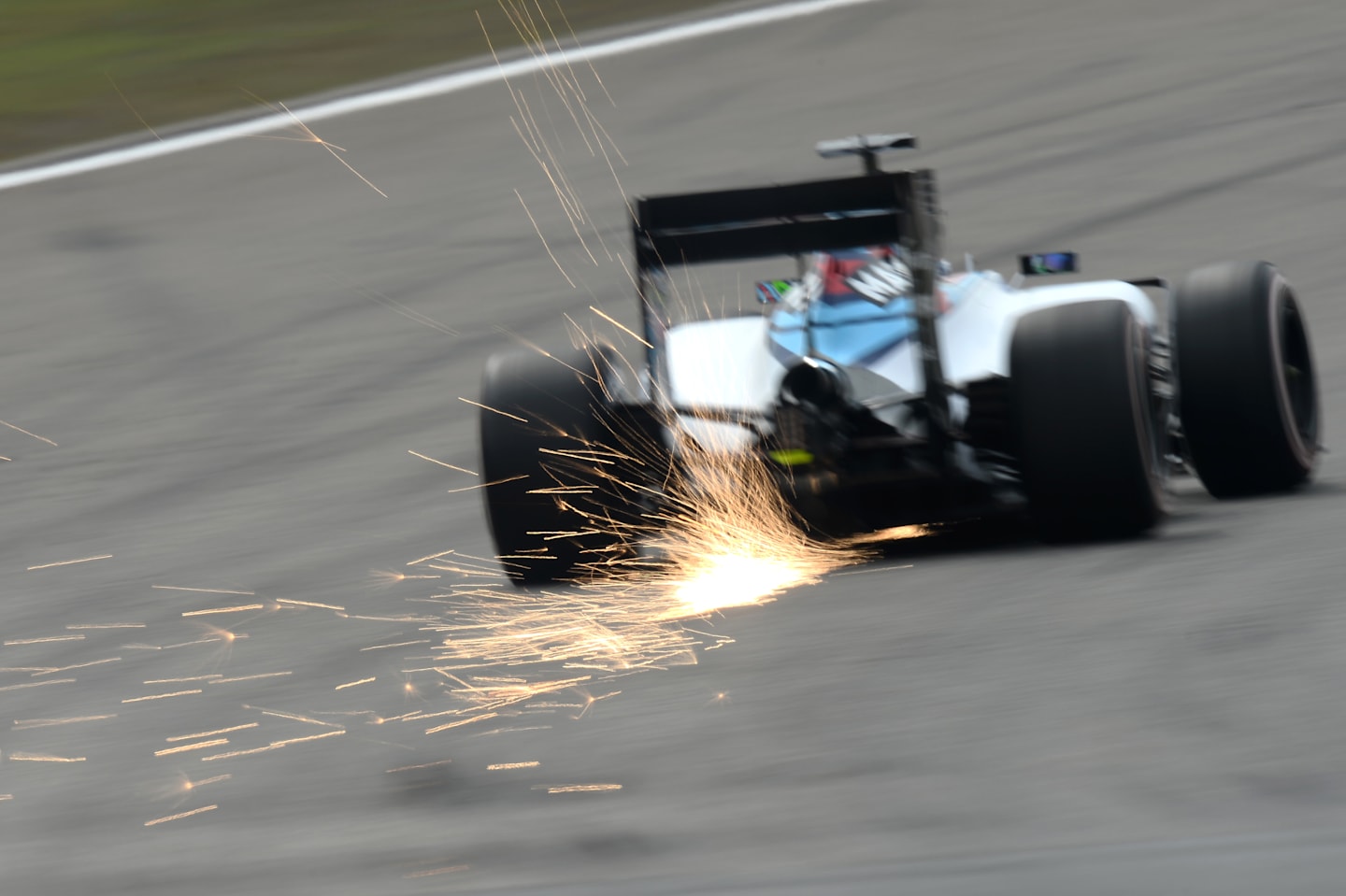
Sparks at Formula One World Championship, Rd3, Chinese Grand Prix, Practice, Shanghai, China, Friday 10 April 2015.
Cars could be five or six seconds a lap faster in 2017
The Strategy Group, which comprises FIA President Jean Todt, Formula One group CEO Bernie Ecclestone and six teams (McLaren, Mercedes, Ferrari, Force India, Red Bull and Williams), also wants to see higher revving and louder engines, and more visually aggressive cars.
For next season a proposal to allow teams to choose which two of Pirelli's four tyre compounds they run at each race has been agreed (currently Pirelli select two compounds which all teams must use).
And for this season the idea of increasing the engine allowance from four to five was rejected. Instead it was decided to maintain the current engine regulations "in consideration of the investments of the manufacturers involved in the sport and to give visibility to potential new entrants".
The Strategy Group is also investigating “a global reflection on race weekend format” and “measures to make starts only activated by the driver without any outside assistance”.
Furthermore the FIA’s statement said that a "comprehensive proposal to ensure the sustainability of the sport has emerged" and that the Strategy Group will be looking to refine this in the coming weeks in consultation with the other F1 teams.
Refuelling was banned ahead of the 2010 Formula One season, having been part of the sport for the previous 16 years. Its return will not alter the maximum race fuel allowance, currently 100kg.
All the planned changes still need to be approved by the F1 Commission and the FIA’s World Motor Sport Council before they can officially come into effect.
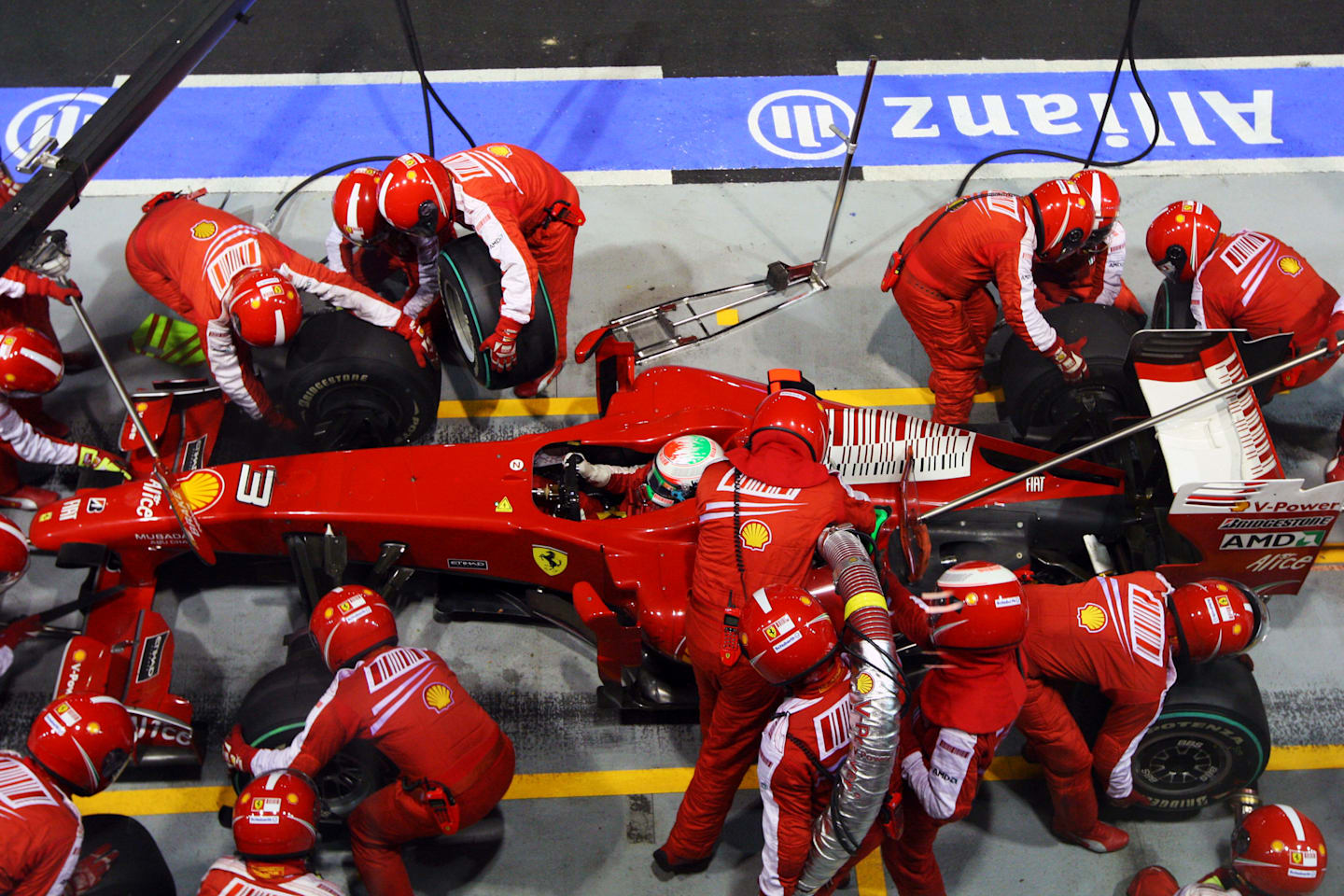
Giancarlo Fisichella (ITA) Ferrari F60 makes a pit stop. Formula One World Championship, Rd 14, Singapore Grand Prix, Race, Marina Bay Street Circuit, Singapore, Sunday 27 September 2009.
Refuelling was last seen in F1 racing in 2009
The FIA statement in full:
The Formula One Strategy Group met yesterday in Biggin Hill to exchange views on the current challenges that F1 faces. Besides the statuary members of the Group, representatives of the engine manufacturers were also invited.
The Strategy Group members have debated a number of levers aimed at improving the show. An initial series of measures has been voted:
For 2016:
- Free choice of the two dry tyre compounds (out of four) that each team can use during the race weekend
For 2017:
- Faster cars: 5 to 6 seconds drop in laptimes through aerodynamic rules evolution, wider tyres and reduction of car weight
- Reintroduction of refuelling (maintaining a maximum race fuel allowance)
- Higher revving engines and increased noise
- More aggressive looks
A few other measures have also been discussed but require further investigation before they can be implemented:
- A global reflection on race weekend format
- Measures to make starts only activated by the driver without any outside assistance
Furthermore, in light of the various scenarios presented by the independent consulting company mandated by the F1 Strategy Group, at the initiative of the FIA, to work on the reduction of costs and following a constructive exchange, a comprehensive proposal to ensure the sustainability of the sport has emerged. The Strategy Group member Teams have committed to refine it in the next few weeks, in consultation with the other teams involved in the championship. On the engine side, it has been decided that stability of the rules should prevail in consideration of the investments of the manufacturers involved in the sport and to give visibility to potential new entrants. The allowance for a 5th engine to be used during the 2015 season has been rejected.
This constructive meeting between the FIA, FOM and the Teams has allowed paving the way for the future of the championship. All parties agreed to work together with an intention to firm up these proposals and submit them to the approval of the F1 Commission and the World Motor Sport Council of the FIA as soon as possible for implementation.





